evolution
Latest
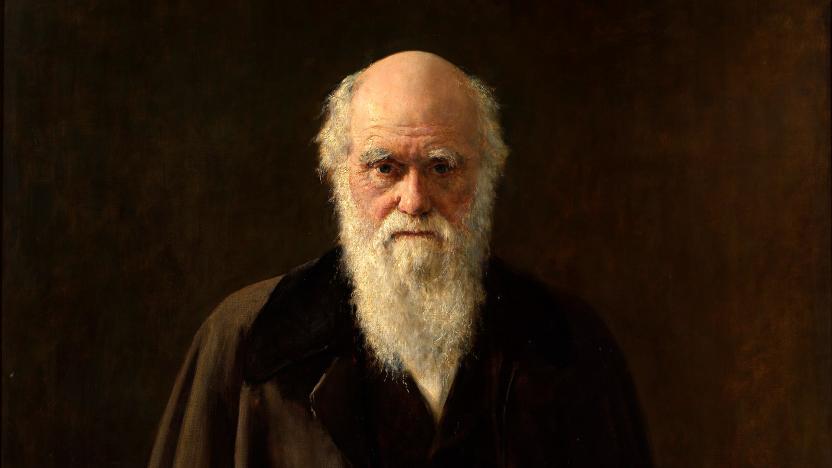
Charles Darwin's full correspondence is now available online
Every surviving Charles Darwin letter is now available to read online.
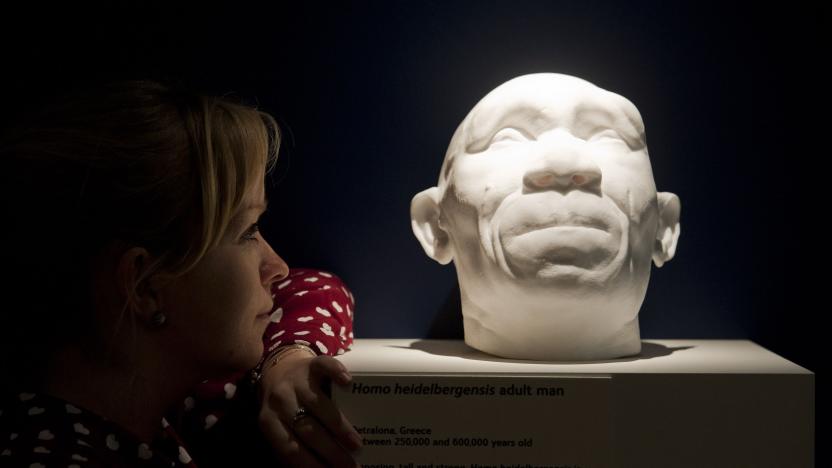
Supercomputer simulations show climate change’s role in early human migration
A research team from South Korea's Pusan National University, revealed research Wednesday that suggests a link between modern humanity's evolution and changes in prehistoric weather.
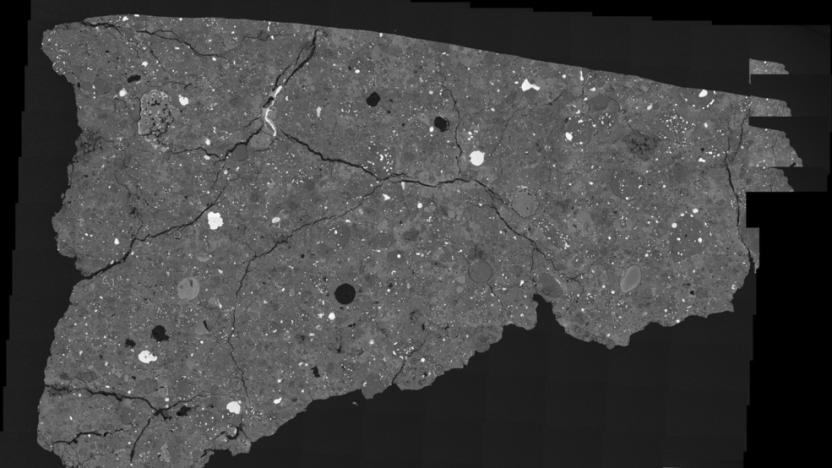
A tiny space rock holds clues about the evolution of life
NASA researchers believe meteorite Asuka 12236 holds clues about the evolution of life as we know it.

Evo 2020 canceled after co-founder abuse allegations
Evo 2020's online event won't go ahead after its co-founder was accused of assault.
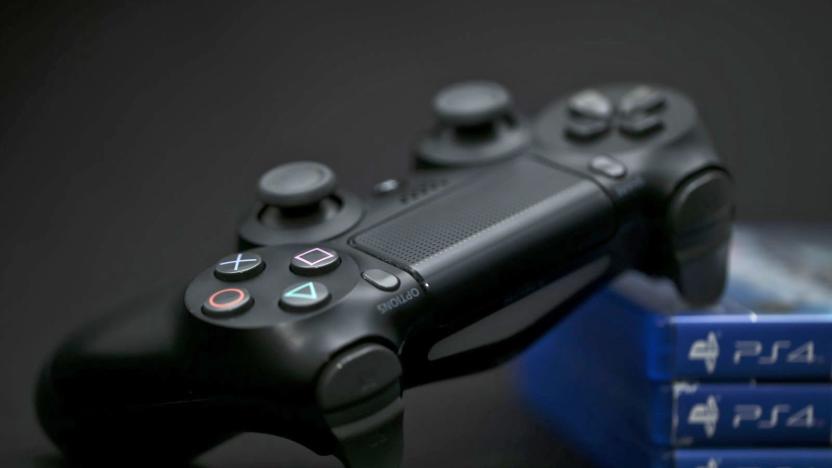
Sony closes UK PSVR studio before it even released a game
Sony's VR-focused games studio in Manchester, UK, has closed down without ever releasing a game. The business -- which was formed back in 2015 -- had been working on an unannounced VR project but as now been shut "as part of our efforts to improve efficiency and operational effectiveness." GamesIndustry.biz reports that it understands the entire studio has been made redundant.

Scientists created living robots out of stem cells
Scientists have created a new life form that's something between a frog and a robot. Using stem cells scraped from frog embryos, researchers from the University of Vermont (UVM) and Tufts University assembled "xenobots." The millimeter-wide blobs act like living, self-healing robots. They can walk, swim and work cooperatively. Refined, they could be used inside the human body to reprogram tumors, deliver drugs or scrape plaque out of arteries.

Waymo uses evolutionary competition to improve its self-driving cars
The process of training self-driving car AI is seldom efficient when you need to either use a massive amount of computing power to train systems in parallel or else have researchers spend ages manually weeding out bad systems. Waymo might have a smarter approach: use the same principles that guide evolution. The company has partnered with DeepMind on a "Population Based Training" method for pedestrian detection that has the best neural networks advance much like lifeforms do in natural selection, saving time and effort.
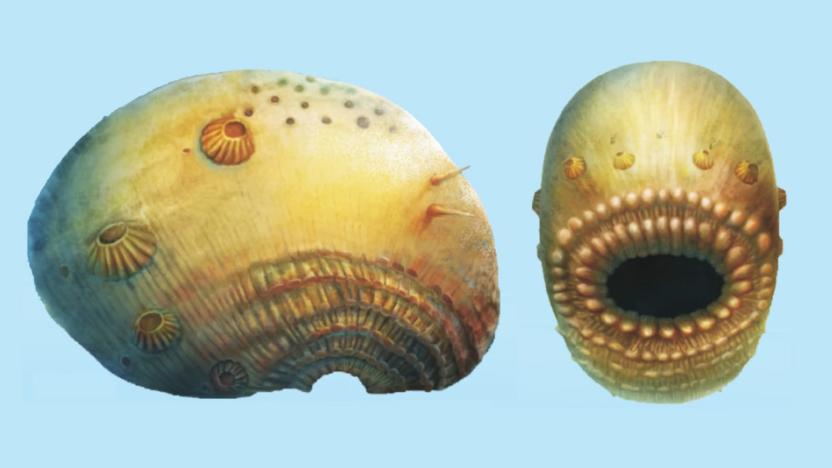
This tiny glob could be humans' earliest known ancestor
Paleobiologists in search of the earliest records of life on Earth have discovered what they believe is the human race's earliest known ancestor: a 540 million-year-old deuterostome about the size of a grain of rice called Saccorhytus coronarious that may have evolved into everything from sea urchins to land mammals and humans.

Researchers figure out trick to a fruit fly's acrobatic flight
If you've ever tried to swat a fruit fly out of the air, you know how crafty the little buggers can be at avoiding your swings. Turns out that not only are they incredibly agile, they're super efficient as well, using only 12 muscles (each controlled by a single neuron) to propel itself through the air. And, thanks to the efforts of a team at CalTech, we know why these flies are so nimble. It's all in the muscles.
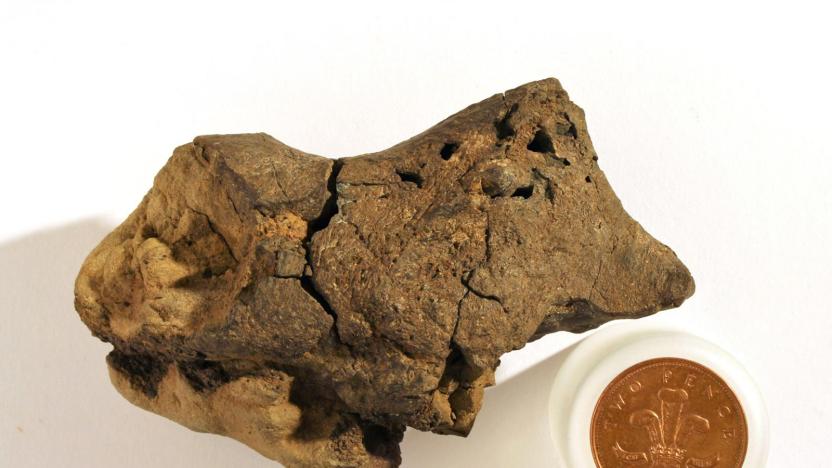
Scientists find the first known dinosaur brain tissue fossil
That lump you see above many not look like much at first blush, but it's a big deal for paleontology: scientists say they have discovered that the sample has the first known example of a dinosaur brain tissue fossil. The team used a scanning electron microscope to detect mineralized blood vessels, collagen, membranes and possibly brain cortex in the remains of an iguanodonid that lived about 133 million years ago. The findings suggest that the dino's brain had a lot in common with those of modern birds and reptiles. Instead of completely filling the cranial cavity, the brain matter significant space for blood vessels and sinuses.
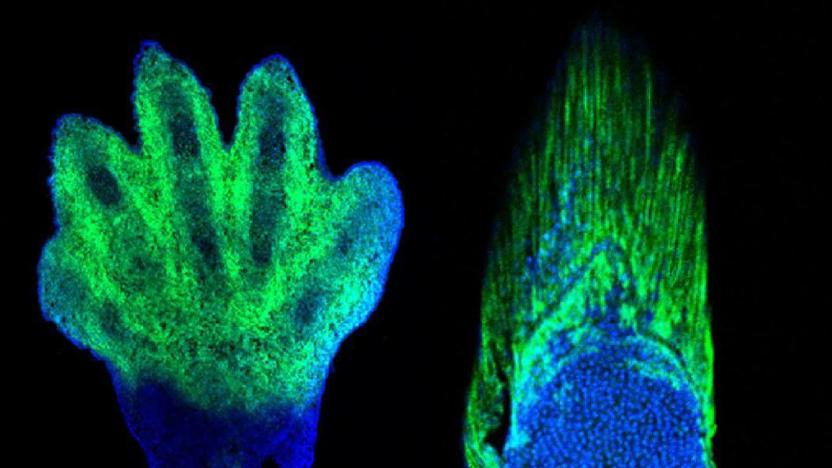
Gene editing helps spot evolutionary link between fins and hands
Gene editing technology isn't just useful for curing the world's ills, it seems. University of Chicago scientists have used the CRISPR technique to discover a key evolutionary connection between fins and hands. Researchers edited fin-related zebrafish genes to make the appropriate cells glow as they develop, and discovered that there's a similar glow in a mouse's digits. In other words, there's a strong similarity in the genes governing fins and digits -- they're both telling embryonic cells to show up at the end of an appendage.

Codemasters snaps up 'Driveclub' developer Evolution Studios
It was a sad day when Sony decided to drop Evolution Studios from its pantheon of first-party video game developers. Following the announcement, it was unclear what would become of the company best known for creating Driveclub and the MotorStorm franchise. Well, now we have an answer. Codemasters, another racing specialist in the UK, will be picking up the company on April 25th. It'll create something of an independent super-studio, with Mick Hocking, co-founder of Evolution, taking on the role of VP Product Development at Codemasters.

US military wants vaccines that adapt to fight new viruses
Vaccines and other antiviral treatments have one overriding, seemingly inescapable problem: since viruses evolve, a solution that works today can be completely useless tomorrow. The researchers at DARPA are convinced this is a solvable problem, however. They've launched an INTERCEPT (Interfering and Co-Evolving Prevention and Therapy) program that aims to create therapies which adapt in sync with the viruses they're meant to thwart. It'll largely revolve around therapeutic interfering particles (TIPs), or tiny slices of protein-shelled DNA that infiltrate cells and compete with viruses for protein shells. Since the particles should be produced faster than viruses, you end up with loads of dud viruses that dramatically reduce the impact of any viral load. Think of it as watering down a stiff drink.

ICYMI: Underground AI delivery, sea life discovery and more
#fivemin-widget-blogsmith-image-255157{display:none;} .cke_show_borders #fivemin-widget-blogsmith-image-255157, #postcontentcontainer #fivemin-widget-blogsmith-image-255157{width:570px;display:block;} try{document.getElementById("fivemin-widget-blogsmith-image-255157").style.display="none";}catch(e){}Today on In Case You Missed It: The Xenoturbella deep sea creature doesn't have a brain, eyes or functional gut, but its genetics prove it is one of the oldest forms of ocean life. Also, it looks like a discarded purple sock.

Humans are smart because we sleep weird
A new study claims to have learned one of the reasons that humans were able to rapidly evolve beyond rival primates, and it's all down to our weird sleeping patterns. Researchers at Duke University, as reported by the New York Times, believe that our seven-hours-of-straight-shut-eye sleep cycle is something of an aberration. By comparison, chimpanzees enjoy 11.5 hours of rest, but our shorter run enabled us to get a much deeper, more dream-filled snooze. Humans, it seems, have above-average quantities of REM sleep, enabling us to slice valuable hours off the amount of time we're laid up.

Researchers see evolution working faster than expected (in chickens)
The word "evolution" tends to conjure up images of early hominids dodging predators on the veldt as they inch — agonizingly slowly — toward modern humanity. Most of those popular images of evolution are steeped in antiquity because, well, evolution takes ages, right? Well, a study conducted by researchers at the University of Oxford involving the humble chicken suggests evolution doesn't always take as long as you might think.
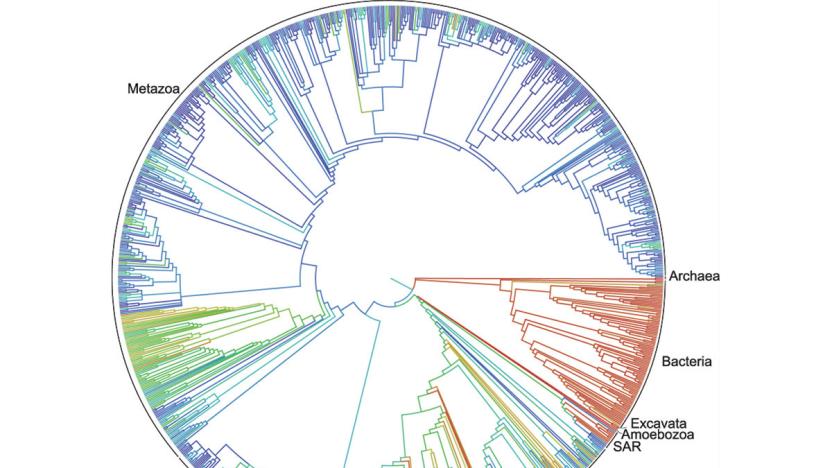
Researchers draft the first comprehensive tree of life
It's very poetic to talk about a tree of life, where every species can trace its roots, but actually illustrating this tree is no mean feat when Earth has been home to at least 2.3 million known species. However, scientists have finally given it a shot. They've published the first draft of a comprehensive tree of life that shows every major evolutionary branch, ranging from the very first organisms to complex beings like humans. This isn't a complete tree, of course (it's doubtful that we'll ever know all the species that ever existed), but it beats the patchwork from before.
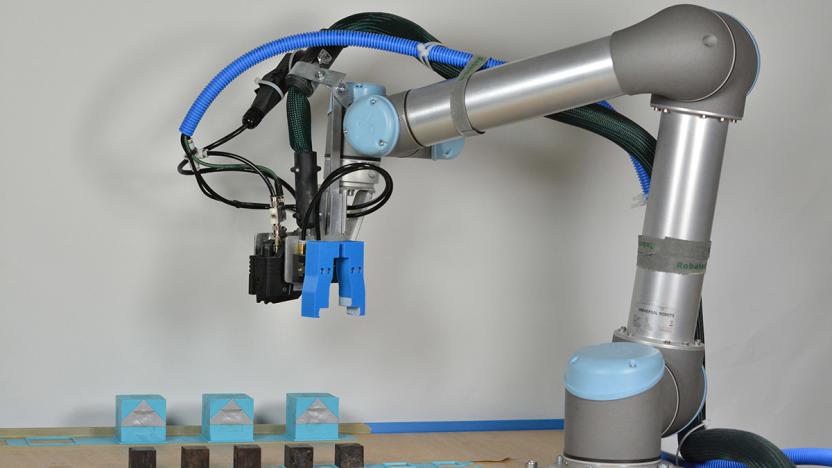
'Mommy robot' can build and test its own babies
A University of Cambridge team of researchers has created a "mother robot" capable of giving birth to -- or more correctly, building its own -- baby cube-bots. The team conducted five rounds of experiments, wherein it assembled 10 pint-sized machine children per generation with a motor and one to five plastic cubes. It then observed how fast they moved, as well as how far they got, all without human intervention. Momma bot left the fastest ones untouched, while "mutation and crossover were introduced" in the slower robo-kids for the next generation. By the time it got to the last batch, the small machines moved twice as fast as the fastest first-gen baby bots.

See Neil deGrasse Tyson explain the universe in 8 minutes
Need proof that Neil deGrasse Tyson has a knack for explaining complex astrophysical concepts in simple terms? You don't have to spend the better part of an hour watching a Cosmos episode -- in fact, a short work break will do the trick. The famed astrophysicist has posted a video explaining the basic history of the universe within 8 minutes, ranging from the Big Bang to humanity itself. The clip notes that many things we take for granted (such as gravity and the prevalence of matter) were decided in the earliest moments of the universe, and that our Solar System largely exists thanks to giant stars ejecting heavy elements. That sounds like a lot to take in, but don't worry: this is quite accessible, and it's a good primer on the nature of... well, everything.

DNA sequencing shows how woolly mammoths got that way
In what is being called the "most comprehensive" study of its kind, a team from the University of Chicago claims that it has revealed the massive amount of genetic change needed for woolly mammoths to adapt to their arctic environment. The study, which was published on July 2 in Cell Reports, shows that genes controlling everything from skin and hair development to fat metabolism, insulin signaling -- even skull shape -- differed from their contemporary elephant kin.








